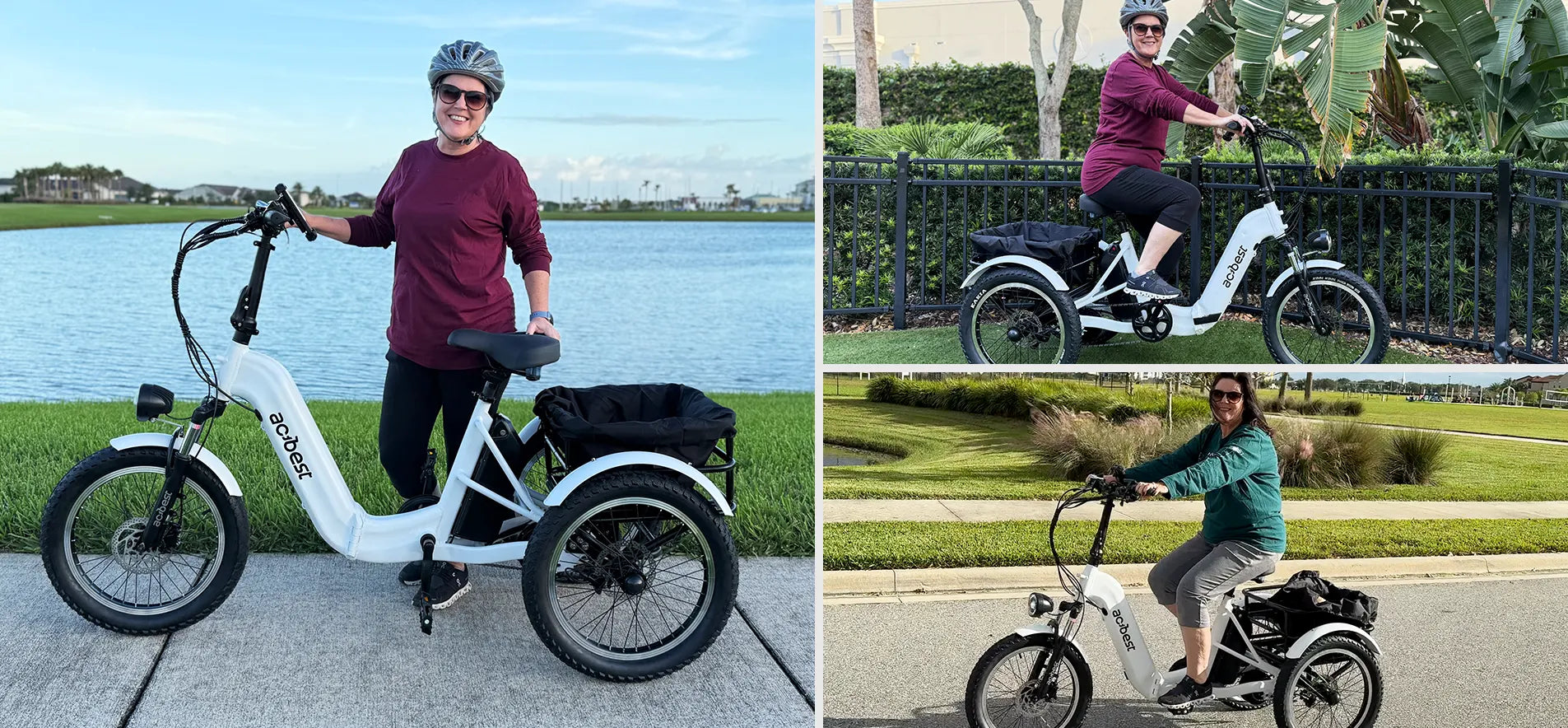The Ultimate Guide to Choosing the Perfect Commuter E-Bike You Didn't Know You Needed!
In recent years, commuter e-bikes have surged in popularity, becoming a go-to solution for those looking to navigate urban areas efficiently. These electric bicycles blend the convenience of cycling with the added power of an electric motor, making daily commutes not only faster but also more enjoyable. With rising concerns over traffic congestion and environmental impact, many are turning to e-bikes as a sustainable alternative to cars and public transport. This article will explore the essential factors to consider when selecting the right commuter e-bike to suit your personal commuting needs, from understanding their unique features to evaluating comfort and safety.

Understanding Commuter E-Bikes
Commuter e-bikes are designed specifically for daily travel, combining the advantages of traditional bicycles with modern electric technology. Unlike standard bicycles, these e-bikes come equipped with a battery-powered motor that assists with pedaling, allowing riders to tackle hills and long distances with ease. They often feature a more robust frame and enhanced storage options, making them ideal for carrying bags or groceries. Additionally, commuter e-bikes typically have a more upright riding position compared to sports or mountain bikes, providing a comfortable experience during longer rides. This unique combination of features distinguishes them from other types of e-bikes, such as those designed for leisurely rides or off-road adventures.
Key Features to Consider
When selecting a commuter e-bike, several key features play a crucial role in enhancing your riding experience. Battery life is paramount; look for models that offer a range sufficient to cover your daily commute without needing frequent recharges. Motor power is another critical factor, as it influences how easily you can navigate inclines. Additionally, the weight of the e-bike matters—lighter models are easier to handle, especially if you need to carry them up stairs or onto public transport. Frame design is also essential; it should provide both stability and comfort. Finally, consider accessories such as fenders, racks, and lights that can significantly boost your commuting experience, ensuring you’re equipped for various weather conditions and carrying needs.
Comfort and Ergonomics
Comfort is a vital aspect of any commuter e-bike, as it directly impacts your overall riding experience. Saddle design plays a significant role; a well-cushioned seat can make long rides more enjoyable. Handlebar height is another consideration; adjustable handlebars can help you achieve a more relaxed posture, reducing strain on your back and neck. Additionally, the riding position should allow for easy maneuverability and visibility in traffic. It's worth noting that personal experiences vary; a friend who commutes daily swears by her gel seat cover, claiming it has transformed her ride from uncomfortable to blissful. Taking the time to test different designs can help you find the perfect fit for your body and riding style.
Safety Features
Safety should never be overlooked when selecting a commuter e-bike. Essential safety features include high-quality brakes that provide reliable stopping power, especially in wet conditions. Integrated lights and reflectors are crucial for visibility during early morning or evening rides, allowing you to be seen by other road users. Additionally, consider models that come with a sturdy lock system to deter theft. Helmets are non-negotiable, and investing in one that fits well can significantly reduce the risk of injury. Personal anecdotes from fellow commuters often emphasize the importance of being seen; one friend narrowly avoided an accident after adding bright lights to her e-bike, highlighting how visibility can truly make a difference.
Budget Considerations
Setting a budget for your commuter e-bike is essential, as prices can vary widely based on features and quality. It's crucial to determine what features are most important to you and where you’re willing to compromise. Generally, investing in a higher-quality e-bike pays off in the long run, as they tend to have better components and longer lifespans. While it can be tempting to opt for the cheapest option, consider the potential additional costs of maintenance or replacements. A friend once made the mistake of buying a low-end model, only to spend more on repairs than if she had invested in a more reliable bike from the start. Taking the time to research and understand the market can help you find a balance between quality and affordability.
Maintenance and Longevity
Proper maintenance is key to extending the lifespan of your commuter e-bike. Regular battery care is crucial—avoid letting it fully discharge and recharge it according to the manufacturer's instructions. Routine check-ups can help identify potential issues before they become serious problems; lubricating the chain and checking tire pressure are simple yet effective maintenance tasks. Additionally, being mindful of wear and tear on components such as brakes and tires will ensure that your bike remains safe and reliable. A friend who regularly commutes has a maintenance schedule that includes seasonal checks, which has significantly reduced her bike's downtime. Investing a little time in maintenance can make a big difference in its longevity and performance.
Essential Considerations for Selecting Your E-Bike
Choosing the best commuter e-bike involves careful consideration of various factors, including understanding the unique features of e-bikes, evaluating key components, and prioritizing comfort and safety. By setting a budget and committing to regular maintenance, you can ensure that your e-bike serves you well for years to come. Take your time during the selection process—after all, the right e-bike can revolutionize your daily commute, making it not only efficient but also enjoyable. Remember, investing in the right features and quality will ultimately lead to a more satisfying riding experience.










Comments